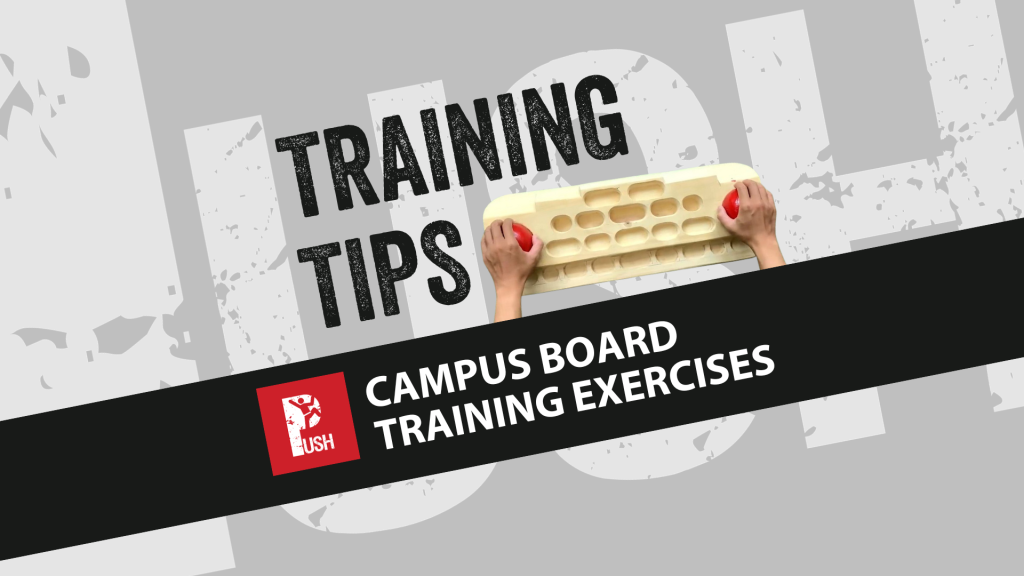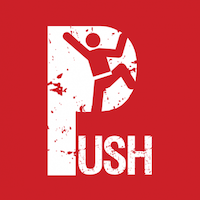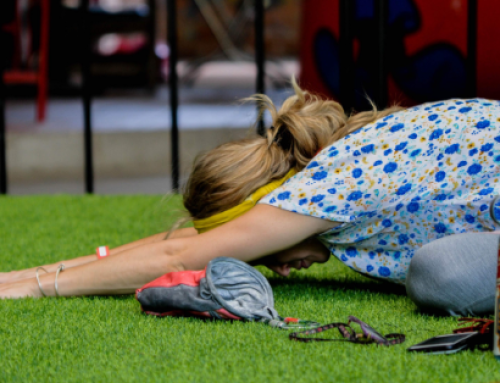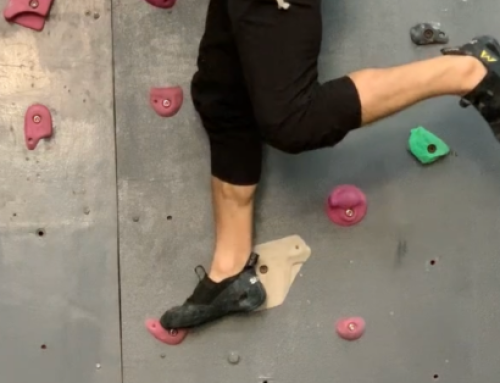
CAPUS BOARD
TRAINING TIPS
Climbing without feet is one of the most exciting movements to watch. The term “campus” originated in a German university gym called The Campus Centre. The facility housed the world’s first campus board, which was built by German crusher Wolfgang Güllich in 1988.
What is a Campus boarD?
A campus board is a training tool that has been widely adopted to improve rock climbing performance. A campus board is a slightly overhanging, suspended wooden board with a variety of different-sized “rungs” (i.e. edges) in evenly-spaced vertical increments. The term “campus” implies pulling up on holds without the use of your feet. Technically, you can practice this technique on any campus-friendly route in the gym, but the campus board is specially designed for training. As you can imagine, performing controlled pull-ups on small edges massively increases your finger strength––not to mention your core muscles and deadpoint accuracy.
When should you start training on the Campus Board?
Recommendations vary, but many climbers suggest that you should be climbing for at least 18 months before incorporating campus board training. Perform these exercises at your own risk and immediately stop if you experience any pain or irritation. To begin, a conditioning phase of two sessions per week for four weeks will be sufficient.
How to train on Campus Board?
Campus board training is a fantastic tool for improving your climbing. The idea is to repeat basic patterns of movement on a campus board to increase your upper body strength. Keep in mind the following rules:
1 – When campusing, you’ve always got to keep your shoulders locked down. Your shoulders should be down and away from this position while your arms are up. If you are ever campusing and feel your shoulder brush your ear — DROP OFF!
2 – Be aware of how much you’re swinging. Someone who has their shoulders correctly activated will be able to generate an opposing force from their core and won’t dangle or swing at all. Obviously, we are aiming to push ourselves in these exercises so it’s okay to swing an amount, but if you are grabbing a rung, bouncing off the board, and having to wait a couple of seconds before you can look at going to the next rung, you shouldn’t be on the board.
3 – Keep your hands halfway between fully crimped and completely open.
Using your momentum and maintaining a consistent upper-body engagement throughout your campus routine is hard. But proper form and technique will help prevent injury and lead to the most beneficial gains. Just remember: when you’re learning a new, difficult exercise for the first time, do your absolute best to start small, use the correct form, and stay in physical control. Your future un-injured self will thank you for it.
Campus Board Drills:
Though it seems common enough, utilizing a campus board to its fullest potential is not a simple task. There are many exercises one can accomplish on a board and each provides a very different sort of conditioning. Paul will show you 3 exercises that will help to improve your climbing game!
1 – Find movements you can do with moderate difficulty. Each time you land on new rung counts as a repetition here.
2 – Start yourself a timer and repeat one of your movements for 30 seconds. Aim for 5-10 reps
3 – Drop off and rest until the end of the minute.
4 – Repeat steps 2-3 on the minute for 4 minutes.
5 – Rest for 4 minutes before moving on to your next movement and repeating steps 2-4.
If you’re unsure about your form at all, get a friend to watch you, record yourself and compare to the videos.
Climb On!



